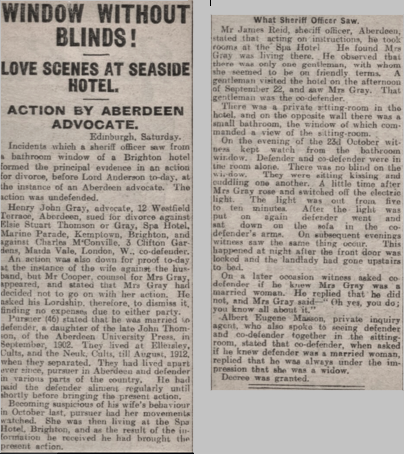The earliest Thomson ancestor I have found is Andrew Thomson, a linen weaver, born around 1790. He married married Christina Will around 1812 and their son George was born the following year.
George married Sarah Morren, the daughter of a clerk, in 1837 and they had six children.
Sarah died in 1852 and George married again the next year to Margaret Leslie and had two more children.

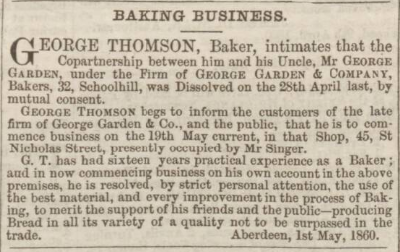
George was a baker by trade and census returns show that, over the years, he had shops in various parts of the city including Raggs Lane, Nicholas Street and Milnes Court, Gallowgate. By the time of the 1871 census, he is recorded as a furniture dealer assisted by his two youngest daughters.
The picture on the right shows George (seated on the left) with his second youngest daughter, Jane, her husband William Nicol and their family in about 1885.
George died in November 1899.
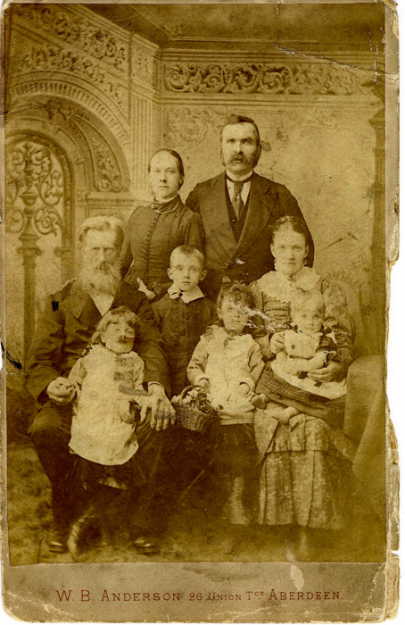

John Thomson was born on 12 October 1840 in a house on Young Street, just off Gallowgate in the St Nicholas area of Aberdeen. The 1861 census shows that, at the age of 20 he was an apprentice compositor & printer and was still living with his father and step mother.
A year later, he had moved into a boarding house at 34 Chapel Street and married Isabella McIntosh, a domestic servant. After five years of marriage, she died giving birth to twins.
John married Elsbet Stuart in 1871, and the same year moved to Spring Gardens. Over the next ten years, another 5 children were born.

John served his apprenticeship with William Bennett and then moved on to the Aberdeen Journal, rising to be foreman. In 1872 he joined Arthur King & Co as one of three co-owners. In 1887 he bought out his partners, becoming the sole owner of the business and changed its name to the Aberdeen University Press in 1900. One of the unique features of the firm was its specialism in non-roman type, which they achieved partly by casting their own type.
“Mr Thomson… sets up miles of type… but also casts the type to the tune of about 2 tons per month, three type casting machines being constantly in operation. There are over 600 tons of type in the establishment including Russian, Bengali, German, Hebrew, Greek”
The business had long-running disputes with unions over the employment of women, the number of apprentices that they took on and for refusing to abide by established working practices. The firm was blacklisted by the Scottish Typographical Association until many years after John Thomson’s death.
The Upperkirkgate Hoard
In 1886 John Thomson needed new offices for the Aberdeen University Press and acquired a building at Ross' Court on Upper Kirkgate.
Most of the old building was demolished and work was underway to construct the new offices when, on the 31st May, a workman digging up the pavement at the front of the premises put his pick axe through a small, three-legged, brass pot.
The pot was found to contain a large hoard of 13th-14th century silver coins which ranged from Alexander III (1249-86) to Edward III (1327-77) and were mostly English although Scottish coins up to the reign of Robert I (1306-29) were also found.
The original number of coins is not known but 12,267 were recovered, representing one of the largest hoards ever found in Scotland. Most of the coins were returned to Aberdeen by The Exchequer, but Queen Victoria, the National Museum of Antiquities of Scotland and the British Museum acquired representative selections. The pot and some of the coins are in the Art Gallery and Museum, Aberdeen.

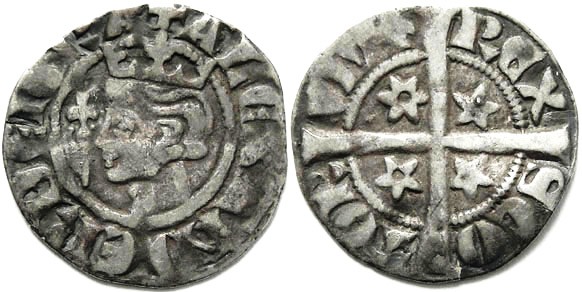
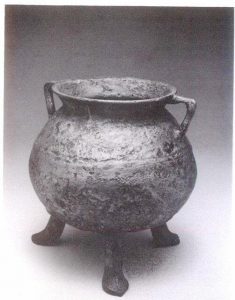

The 1891 census shows John Thomson living at 57 Argyle Place in Aberdeen. About 1895 he moved out of the city to a house called Brackenhill in Murtle, Peterculter.
It seems that his health was good until his late sixties, the Aberdeen Press and Journal ran a story about how he walked six miles through a blizzard to get to work at the age of 68. He was taken ill during a trip to London in 1911 and required what was reported as ‘a slight operation’. He died less than three months later.
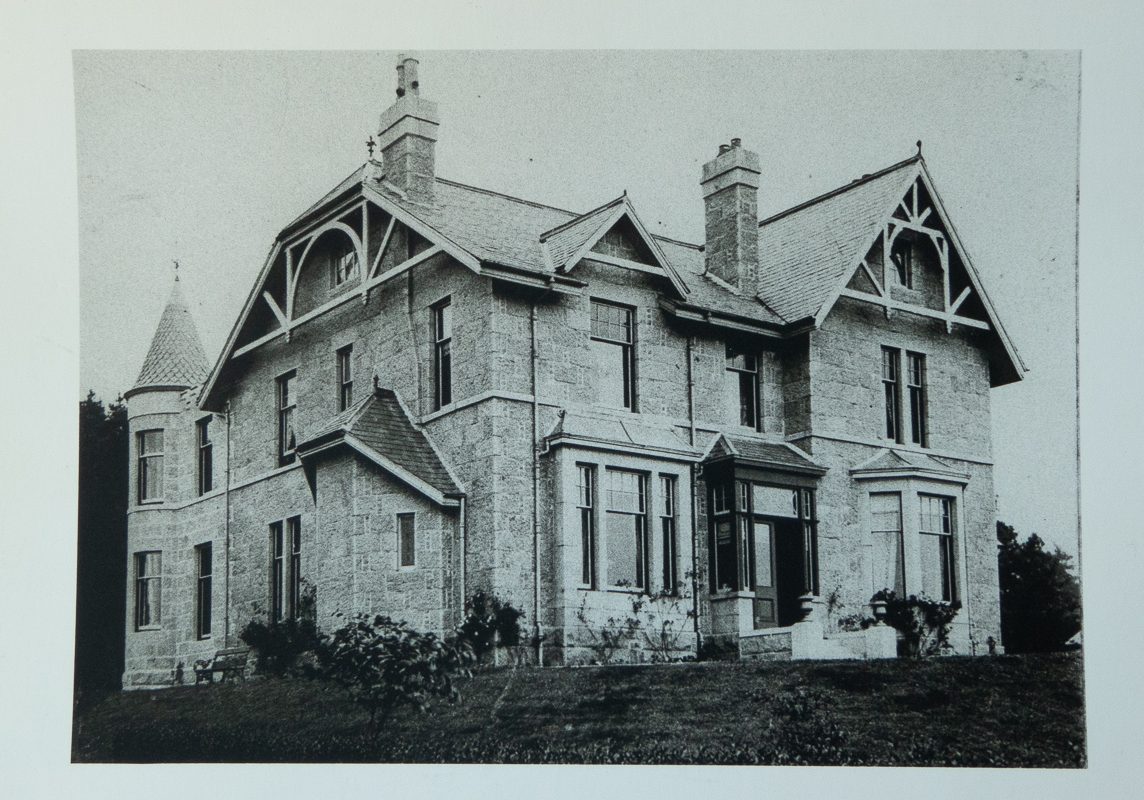

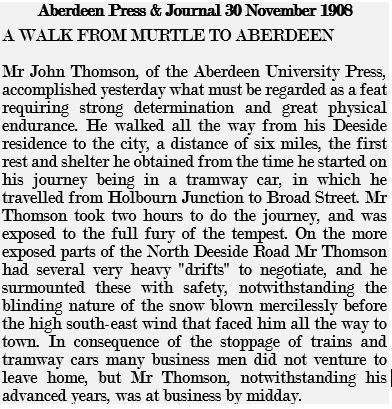

John and Isabella had four children:
Norabella married Peter Rice, an Irish Customs and Excise officer, and moved to Kilkenny before returning to Aberdeen late in life.
John Farquhar was born on 15 January 1865. In 1886 he was awarded an MA in Classical Literature and Moral Philosophy at King's College, Aberdeen University and shortly after graduating he joined his father at the Aberdeen University Press and was formally made a partner in February 1888.
John Farquhar was married on Orkney in February 1888 to Helen Mary Milne, the daughter of Annie McKay and James Milne, a distiller. Given that the wedding took place in a remote spot, far from home, and that their elder child was born less than three months after the wedding, it seems that it was a hasty affair. On returning to Aberdeen they lived at 28 Hamilton Place.
John Farquhar died on 1 March 1889 from ‘perforation of the lung from ulceration’ following pleurisy seven months before the birth of Teresa Mary, his second daughter.
In tribute to his son, John Thomson, commissioned a baptismal font, carved from granite, which was taken by Alexander Thomson, John Farquhar’s younger brother, to the church of St. Lawrence in Dingwall when he was installed as its first parish priest.
The gold leaf inscription around the rim reads ‘Of your charity pray for the soul of John Farquhar Thomson MA, Aberdeen'.
John Thomson also bequeathed funds to Aberdeen University to hold a series of lectures on the Structure and Functions of the Human Body. The lectures were to be delivered by members of the University teaching staff and be open to the public without charge.
The first lecture was given in the Anatomy Theatre of Marischal College, Aberdeen by Dr. R. W. Reid in 1921 and the series continues to be delivered annually.
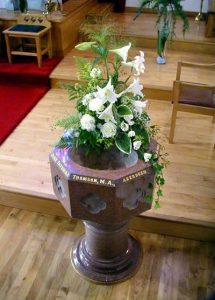
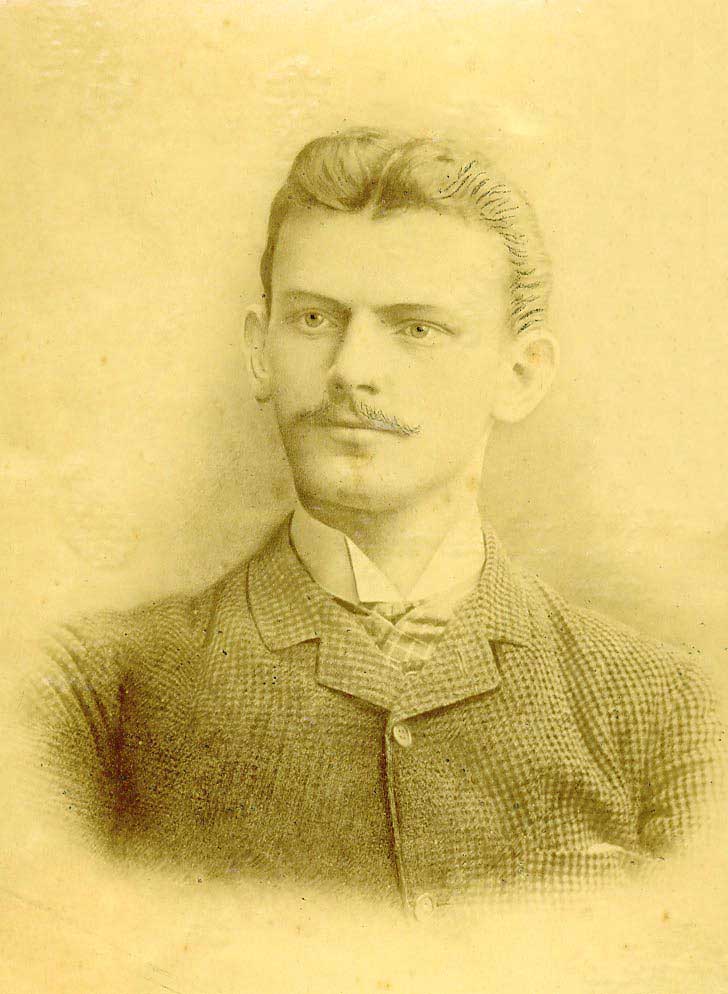

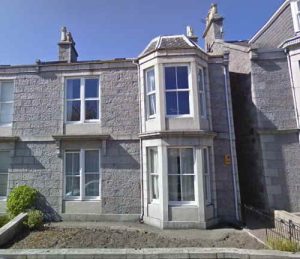
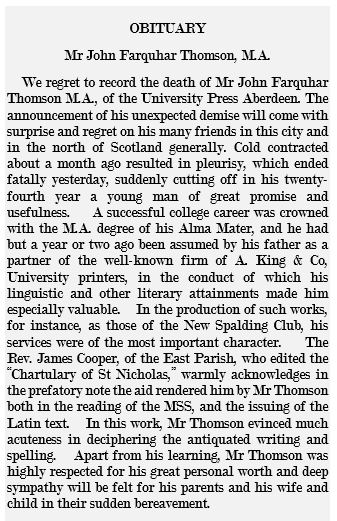
John and Helen had two children, Elinor Mary Farquhar and Mary Teresa Farquhar.
Elinor and Mary both appear in the 1901 census at the St Catherine's Convent School in Edinburgh.
Elinor married Frederick Stanley Kidd in 1931 India en route to Australia.
Teresa joined the WAAC and served during WWI and married Bernard Watkins in 1920.
Helen married William Barclay in 1892, moved to Buckie in Banffshire and bore three more children. Her circumstances seemed reduced after Williams death in 1908, the 1911 census shows her and her family living with her sister in law.
She returned to Aberdeen sometime after 1911 and died in Nazerath House, Aberdeen in 1920.
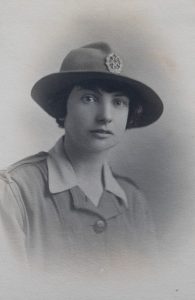
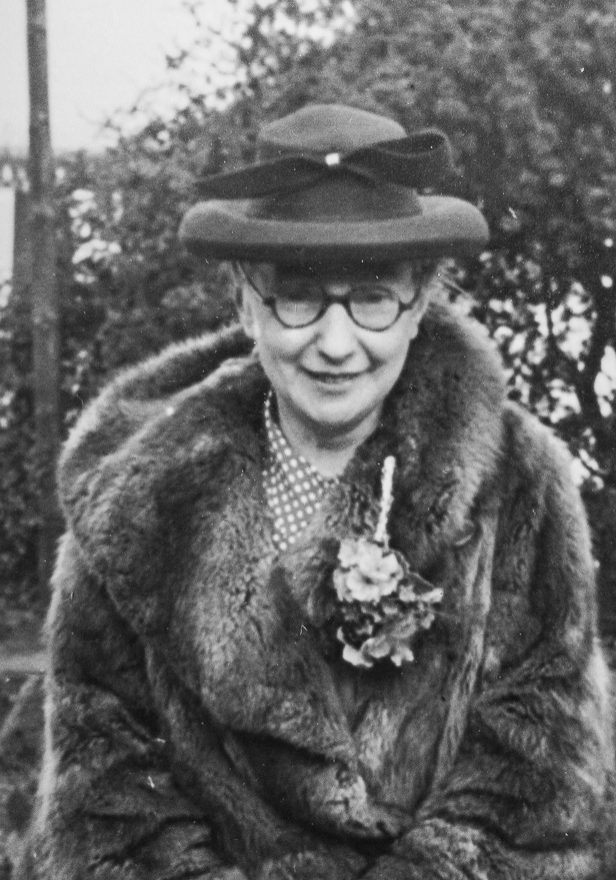
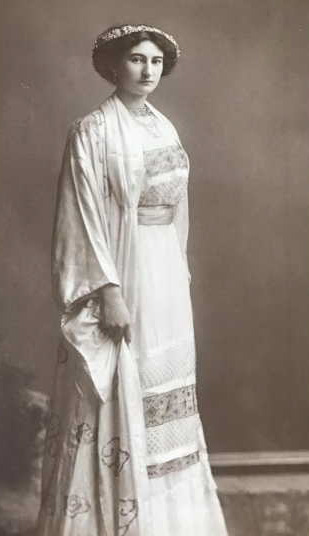
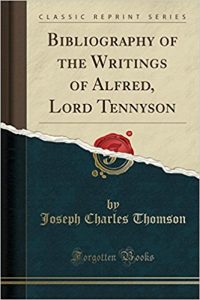
Joseph Charles Thomson was born in 1867.
He refused the oportunity to join his father in running Aberdeen University Press In 1892 he left Aberdeen for Liverpool to become the editor of the Catholic Times and married Jeannie Stopani, a member of a prominent Aberdeen family.
By 1897 he had moved on to London where his two children were born. Around 1900 the family moved to Didsbury near Manchester where Joseph worked as a newspaper editor and author.
As a writer he specialised in detailed bibliographies including Dickens, Swinburne and Charles and Mary Lamb. He also published The Suppressed Poems of Alfred Lord Tennyson: 1830-1862.
By 1917 he was back in London, where he remained until his death in 1964. Joseph's twin sister Mary married Lewis McKenzie and also moved to London.


John Thomson had five children with his second wife, Elsbet Stuart.
George Laurence, born 1872, was educated at Aberdeen Grammar School and St Benedict's College in Fort Augustus, at the time a new and prestigious Catholic school attached to a monastery.
Following the death of his eldest brother, John Farquhar, George joined his father at the Aberdeen University Press, eventually becoming joint Managing Director when the company was floated in 1900, and sole Managing Director on his father's death in 1911.
George lived at 132 Hamilton Place, before moving to his late father's house, Brackenhill. He was active as a young man, holding a commission in the 4th (Voluntary Battalion) Gordon Highlanders, although his health declined as he got older, leading him to spend winters abroad.
His first two children died in infancy. Two others married and moved to England, the last emigrated to South Africa.
George died at the age of 42 from heart failure.
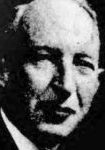
Alexander Hay Thomson , born 1876, was ordained as a priest and moved to his first parish, Wick, in1899. By 1925 he had moved to Inverurie where he stayed for 30 years until his retirement in 1953.
Alexander was the officiating priest at several of his family's weddings.
Elsie Marie Thomson was born in 1877 and married Henry Gray, a solicitor in 1902. The couple seperated in 1912 and the marriage ended in 1921 when Elsie was tracked by a private detective to a hotel in Brighton where she was observed 'kissing and cuddling' another man on three consecutive evenings.
Decima Collins Thomson's first husband, Herbert Jamieson was in the Royal Army Medical Corps in WWI and died of Fever in Malta in 1915. Decima married Alfred Gracie, a chemist, in 1917.
